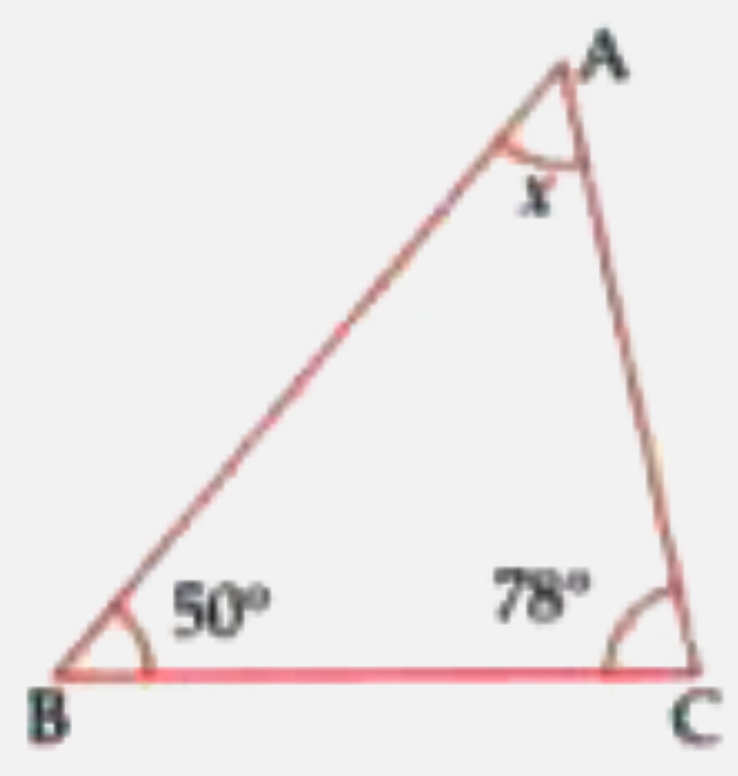The age of rock is calculated on the basis of
Type of fossils-present
Number of strata present
Amount of thorium present
Amount of lead present
The correct Answer is:D
To determine the age of a rock, scientists primarily use radiometric dating techniques, which involve measuring the amounts of certain radioactive elements and their stable decay products within the rock. Here’s a step-by-step breakdown of how this process works:
1. Understanding Radioactive Decay:
- Rocks often contain radioactive isotopes, such as uranium-238, which decay over time into stable isotopes, like lead-206. This process occurs at a predictable rate known as the half-life.
2. Identifying the Isotope:
- In the case of dating rocks, uranium is commonly used because it is abundant in many types of rocks and has a well-known half-life.
3. Measuring Isotope Ratios:
- Scientists measure the ratio of the parent isotope (uranium) to the daughter isotope (lead) in the rock sample.
4. Calculating Age:
- By knowing the half-life of uranium, scientists can calculate how long it has taken for a certain amount of uranium to decay into lead. This calculation gives an estimate of the rock's age.
5. Conclusion:
- Therefore, the age of a rock is calculated based on the amount of lead present in relation to the amount of uranium, as lead is the end product of uranium decay.
Final Answer:
The age of rock is calculated on the basis of the amount of lead present.
---
- Rocks often contain radioactive isotopes, such as uranium-238, which decay over time into stable isotopes, like lead-206. This process occurs at a predictable rate known as the half-life.
- In the case of dating rocks, uranium is commonly used because it is abundant in many types of rocks and has a well-known half-life.
- Scientists measure the ratio of the parent isotope (uranium) to the daughter isotope (lead) in the rock sample.
- By knowing the half-life of uranium, scientists can calculate how long it has taken for a certain amount of uranium to decay into lead. This calculation gives an estimate of the rock's age.
- Therefore, the age of a rock is calculated based on the amount of lead present in relation to the amount of uranium, as lead is the end product of uranium decay.
The age of rock is calculated on the basis of the amount of lead present.
Topper's Solved these Questions
- EVOLUTIONBOOK - AAKASH SERIESCHAPTER - EVOLUTIONEXERCISE - EXERCISE -II (ADAPTIVE RADIATION )
5 Videos
- EVOLUTIONBOOK - AAKASH SERIESCHAPTER - EVOLUTIONEXERCISE - EXERCISE -II (BIOLOGICAL EVOLUTION(THEORIES OF EVOLUTION & MECHANISM OF EVOLUTION))
8 Videos
- EVOLUTIONBOOK - AAKASH SERIESCHAPTER - EVOLUTIONEXERCISE - EXERCISE -II (ORIGIN OF LIFE AND EVOLUTION OF LIFE FORMS)
18 Videos
- DIGESTION AND ABSORPTIONBOOK - AAKASH SERIESCHAPTER - DIGESTION AND ABSORPTIONEXERCISE - Exercise - III (Previous AIPMT/NEET Questions)
24 Videos
- EXCRETORY PRODUCTS AND THEIR ELIMINATIONBOOK - AAKASH SERIESCHAPTER - EXCRETORY PRODUCTS AND THEIR ELIMINATIONEXERCISE - EXERCISE - III (PREVIOUS AIPMT/NEET QUESTIONS)
20 Videos
Similar Questions
Knowledge Check
Assertion: Breaking of rocks is called weathering.
Reason: Weathering of rocks is due to physical and chemical methods.AIf both Assertion and Reason are true and the Reason is the correct explanation of the Assertion.BIf both Assertion and Reason are true and the Reason is not the correct explanation of the Assertion.CIf Assertion is true but the Reason is falseDIf both Assertion and Reason are false.
The dating of rocks is done by calculating the ratio between
View SolutionOldest rock is dated
View SolutionIn a smaple of rock, the ration .206Pb to .238U nulei is found to be 0.5. The age of the rock is (given half-life of U238 is 4.5×109 years).
View SolutionCalculate the value of x in the following sketches and name the triangle (on the basis of angles) :

View SolutionCalculate the value of x in each of the following sketches and name the triangle (on the basis of angles) :

View SolutionIdentity the group of organisms, on the basis of given informations * Show symbiotic association
* Very good pollution indicator
* Pioneer to barren rocks
View SolutionThe half-life of a radioactive isotope X is 20yr. It decays to another element Y which is stable. The two elements X and Y were found to be in the ratio 1:7 in a sample of given rock. The age of the rock is estimated to be
View Solution
